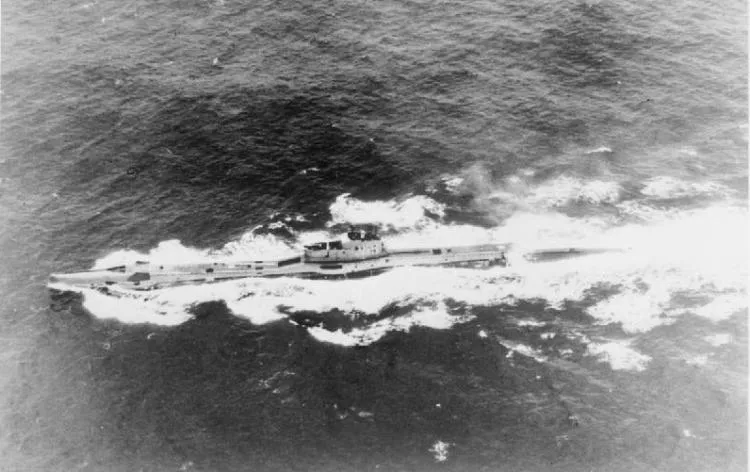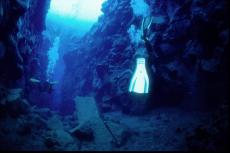British WWII submarine located in the Aegean Sea
The British submarine HMS Triumph, which disappeared without a trace in 1942, has finally been discovered on the bed of the Aegean Sea by Greek researcher Kostas Thoktaridis and his team.
Kostas Thoctarides told state news agency ANA his team had located the wreck of HMS Triumph at a depth of 670 feet at an undisclosed location in the Aegean Sea.
The HMS Triumph was a British T-Class submarine involved in military operations in the Aegean Sea and elsewhere in the European theatre of the Second World War. It carried out twenty missions, including attacks against Axis ships, landing British commandos and rescuing Allied soldiers, until it disappeared during a mission in 1942. Eighty-four submariners were killed when the HMS Triumph sank.
HMS Triumph was last spotted by an Italian pilot about four nautical miles southeast of Cape Sounion, which is near Athens, at 12:00 noon on 9 January 1942.
For decades after its disappearance, various attempts to find it had been mounted by teams from the United Kingdom, Malta and Russia—all without success.
Thoctarides' search for the submarine began in 1998 and was “the hardest mission I have ever undertaken in my life,” he posted on Facebook. “The history of the submarine is multi-aspected and unique in naval chronicles, as it is inseparably connected with the national resistance and secret services of the time, which operated during the occupation,” Thoktaridis told the Athens-Macedonian News Agency.
What sank the sub?
Before discovering the lost submarine at the bottom of the Aegean, several theories were proposed for its disappearance. Among them were the hypotheses it struck a mine and sunk, it was incapacitated by an accident diving, or struck land.
Thoctarides told ANA that the submarine's periscopes and hatches were down, indicating it was in a deep dive during its final moments. It appears to have sunk due to a powerful explosion in the fore section, but the cause of the blast remains unclear, he said.

























